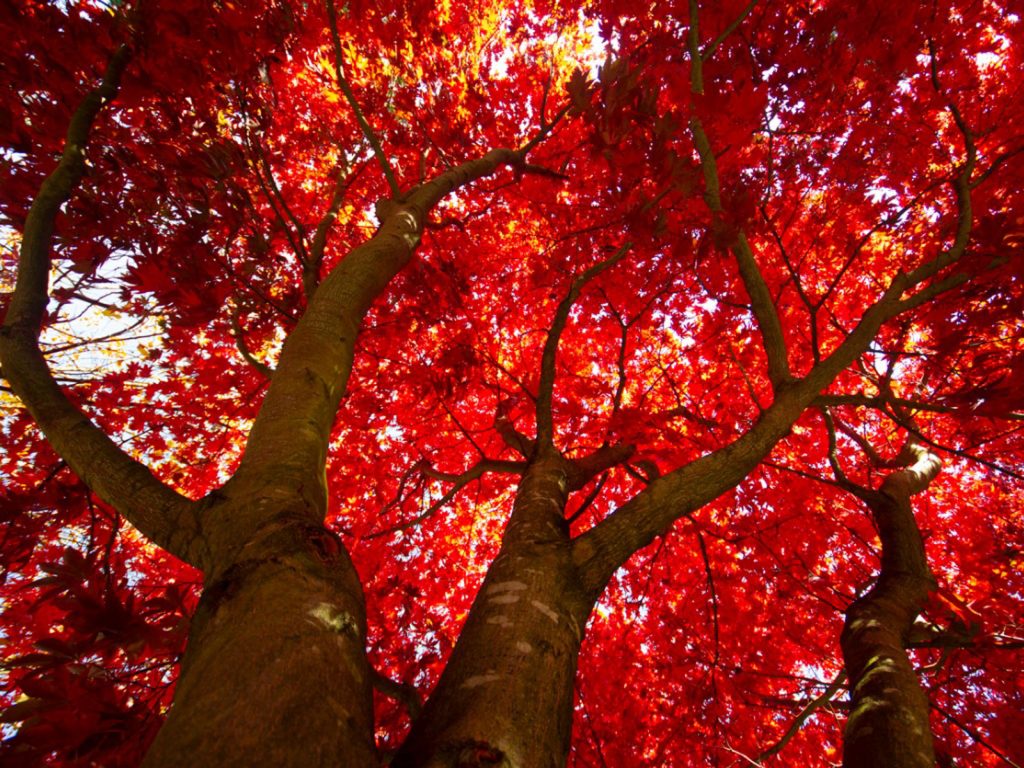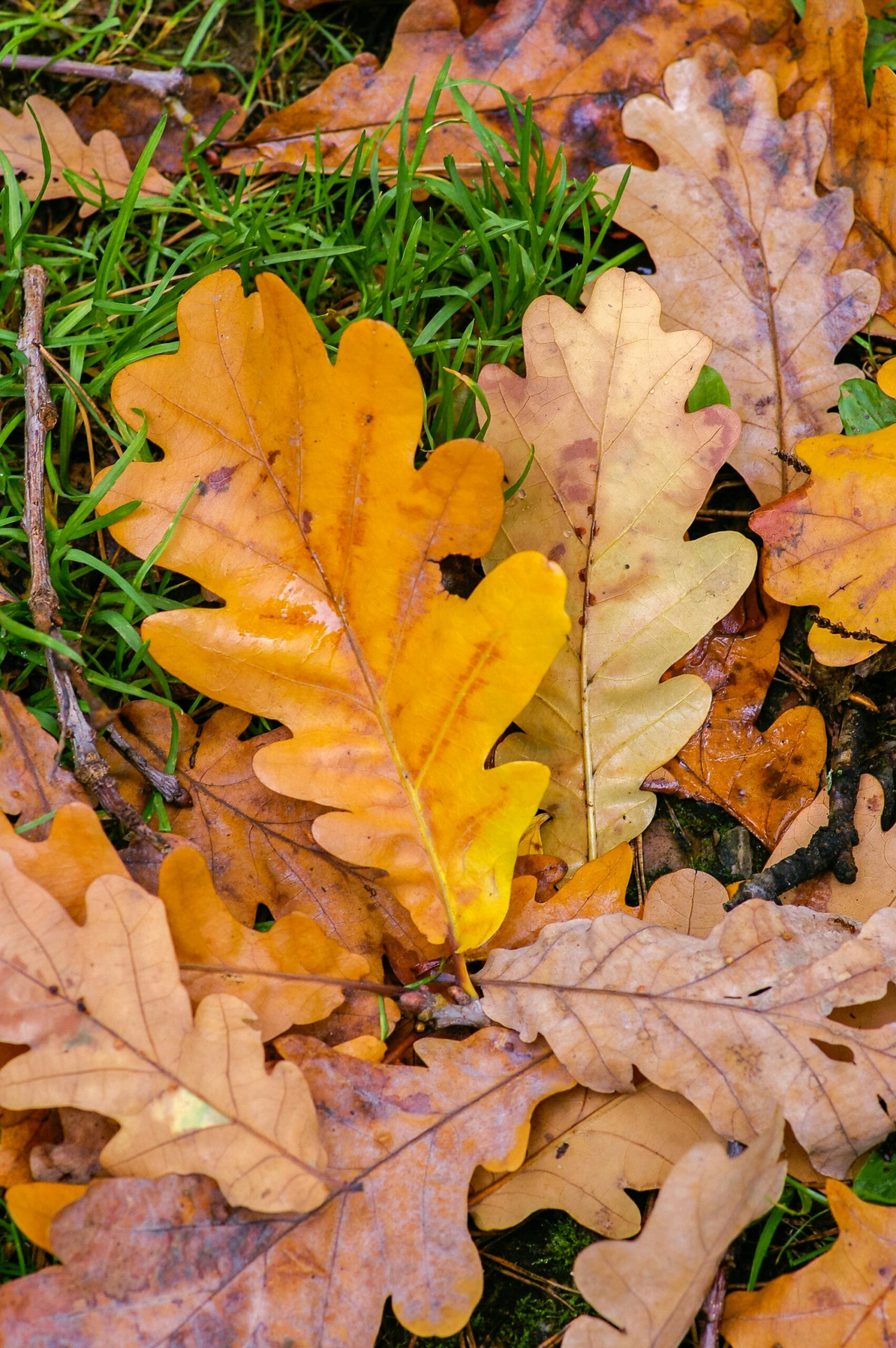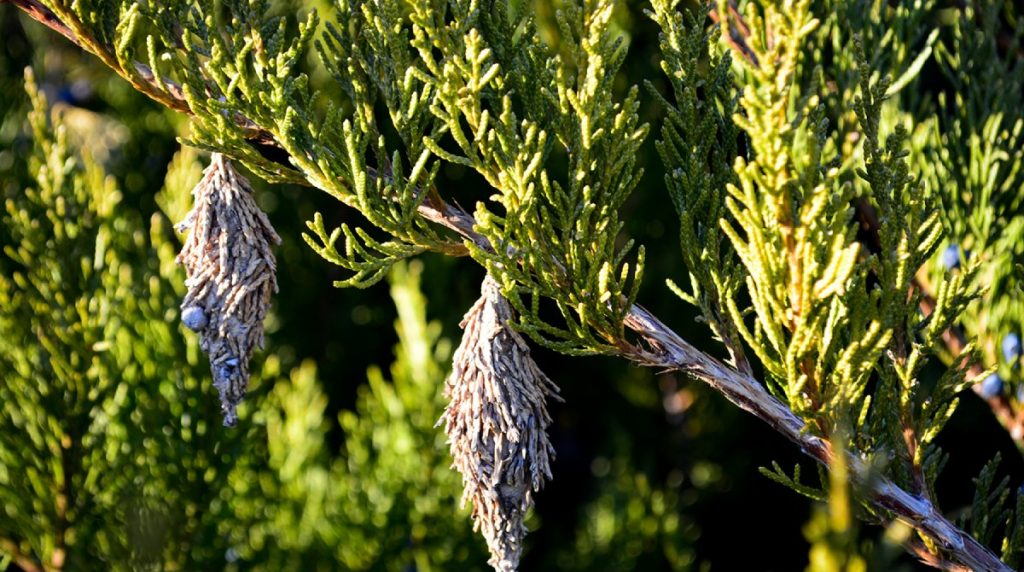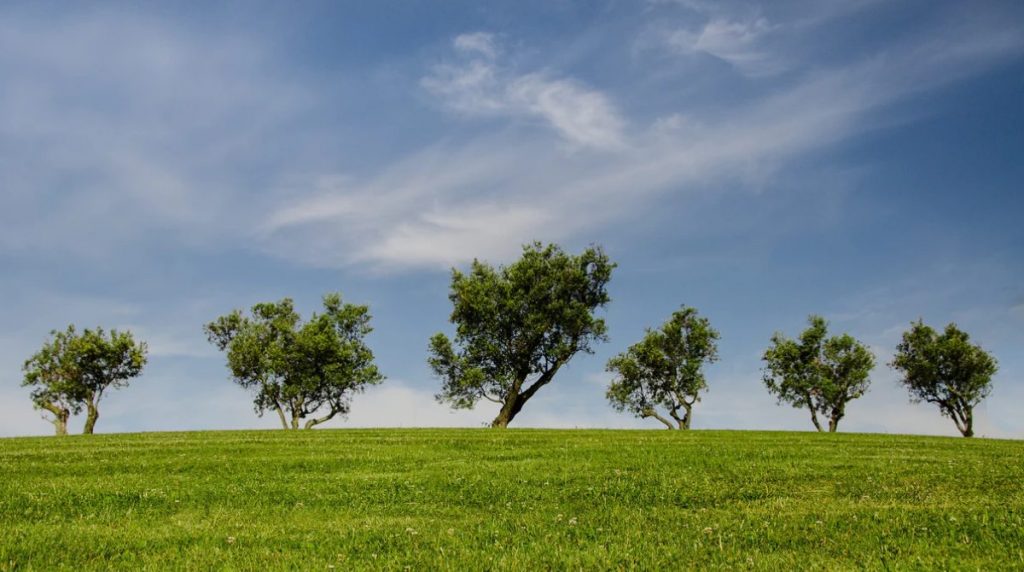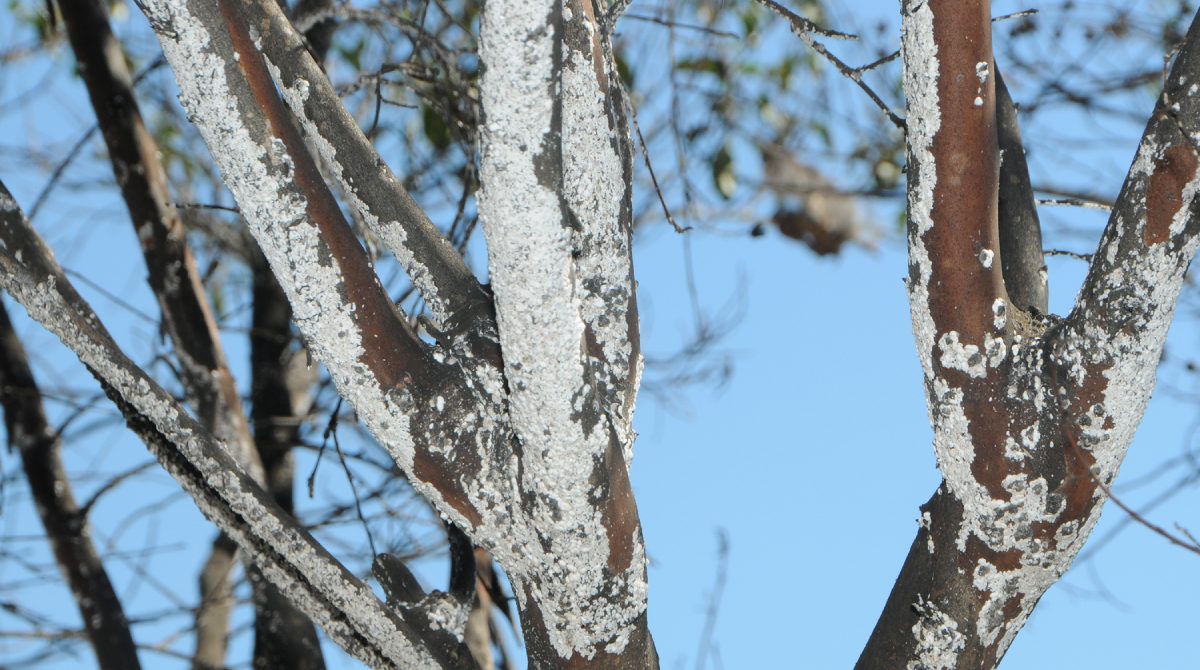
What Is Crepe Myrtle Bark Scale?
Date May 24, 2022
Category
Crepe Myrtle Bark Scale is a tiny, sap-sucking insect that can cause serious damage to your Crepe Myrtle tree. If you have a Crepe Myrtle in your yard, it is important to be able to identify this pest and take steps to get rid of it before it causes too much damage. In this blog post, we will discuss everything you need to know about Crepe Myrtle Bark Scale: what it is, what it looks like, and how to prevent it.
What Does a Crepe Myrtle Bark Scale Look Like
Crepe Myrtle Bark Scale is a very small, brown to gray-white encrustation insect that can be difficult to spot. It often hides underneath the bark of the tree, making it even more difficult to detect. Most often, however, they tend to concentrate around pruning sites and branch crotches, sometimes extending into the branches themselves.
Signs of Crepe Myrtle Bark Scale
Most often the first symptom that most gardeners take notice of is the presence of black sooty mold on the bark of their crepe myrtle trees. Many times, it is mistaken to be a case of crepe myrtle aphids (Tinocallis kahawaluokalani). A couple of ways to tell the difference between them are:
- Crepe myrtle aphids are pale yellowish-green with black spots on their abdomen, while adult bark scales are pure white.
- When flattened, a bark scale will expel a pinkish blood-like liquid, unlike aphids which do not.
That black sooty mold is attracted to and harbored by a sweet and very sticky substance called honeydew that is excreted by the bark scale insects as they begin to feed on the crepe myrtle.
Another good way to confirm the identity of crepe myrtle bark scale is to look for white spots left behind on the bark by the insects. These indicate where the insect has recently fed on the tree sap below. This will be especially present on the undersides of branches where there is less sun exposure. If this is left untreated, it is highly likely your crepe myrtle will suffer.
The best way to confirm the identity of crepe myrtle bark scale, though? Call up your favorite professional tree care service!
For even more info all about Crepe Myrtle Bark Scale, check out our post What Is the Black Residue on My Crepe Myrtle Trees – What Can I Do About It?
Lifecycle of Crepe Myrtle Bark Scale
Crepe Myrtle Bark Scale goes through three stages in its lifecycle: egg, nymph, and adult. The female insect lays her eggs on the bark of the tree in late spring or early summer. Once the eggs hatch, the nymphs begin to feed on the sap of the tree. They continue to feed throughout the summer and eventually mature into adults in late summer or early fall. The adult insects then mate and lay eggs, starting the cycle all over again.
How to Prevent and Treat Crepe Myrtle Bark Scale
The best way to prevent Crepe Myrtle Bark Scale is to keep an eye on your trees and catch it early. If you see any white spots or that telltale sooty black mold on the bark of your tree, inspect it closely for the presence of this insect. You can also prevent Crepe Myrtle Bark Scale by regularly spraying your trees with a gentle insecticide, but this must be done regularly and it can be difficult to reach the upper branches. This will help to kill any insects that are present on the tree and prevent them from causing damage.
If you think that your tree may have Crepe Myrtle Bark Scale, it is important to act quickly. This insect can cause serious damage to your tree if left unchecked. By following the tips in this blog post, you can quickly manage your case of Crepe Myrtle Bark Scale and keep your tree healthy and happy.
If you need advice or assistance with keeping Crepe Myrtle Bark Scale-out of your yard, get in touch with the ISA-certified arborists at TreeNewal and enjoy tailored tree care advice.
To learn more about What Is Crepe Myrtle Bark Scale?, call our Argyle and Southlake-based teams
at (817) 592-6846 or send us a message.
We’re a little different than the average tree services company.
Learn more about TreeNewal’s ISA Certified Arborists!
Our Dallas/Fort Worth-based tree doctors can explain how sustainable tree care services add more value to your bottom line.
Healthy trees, healthy lives.
